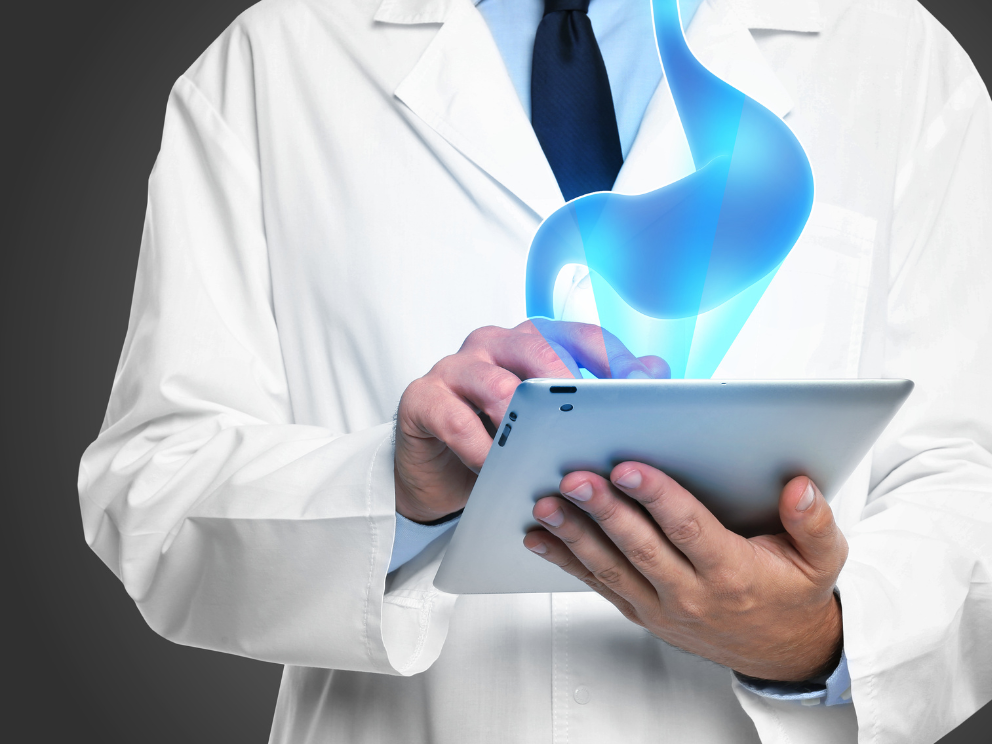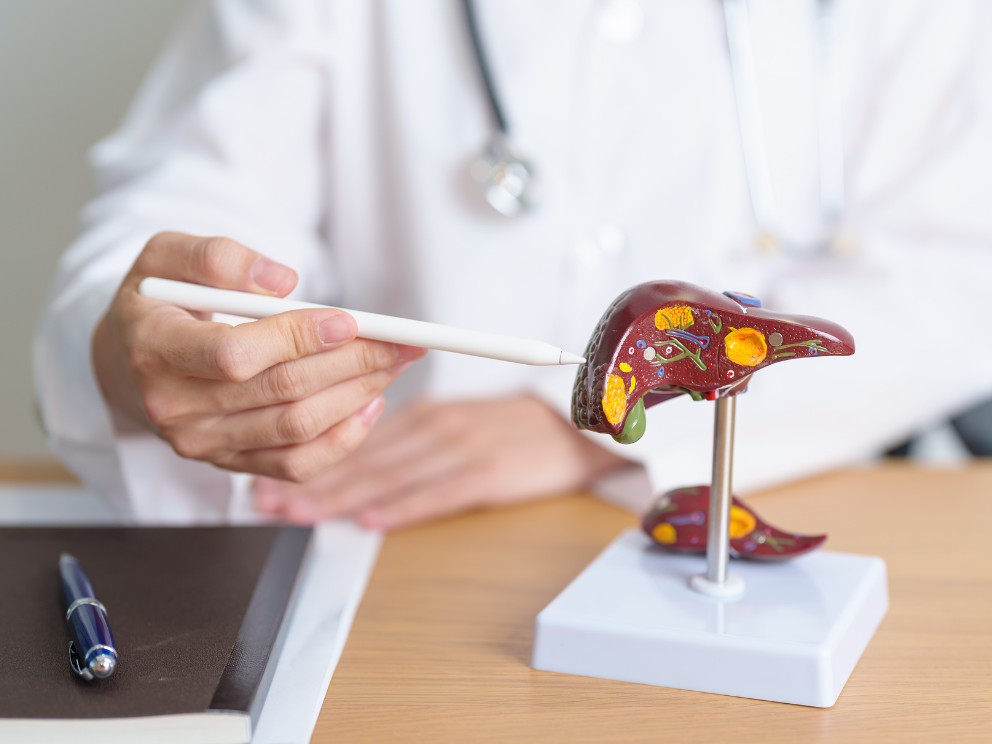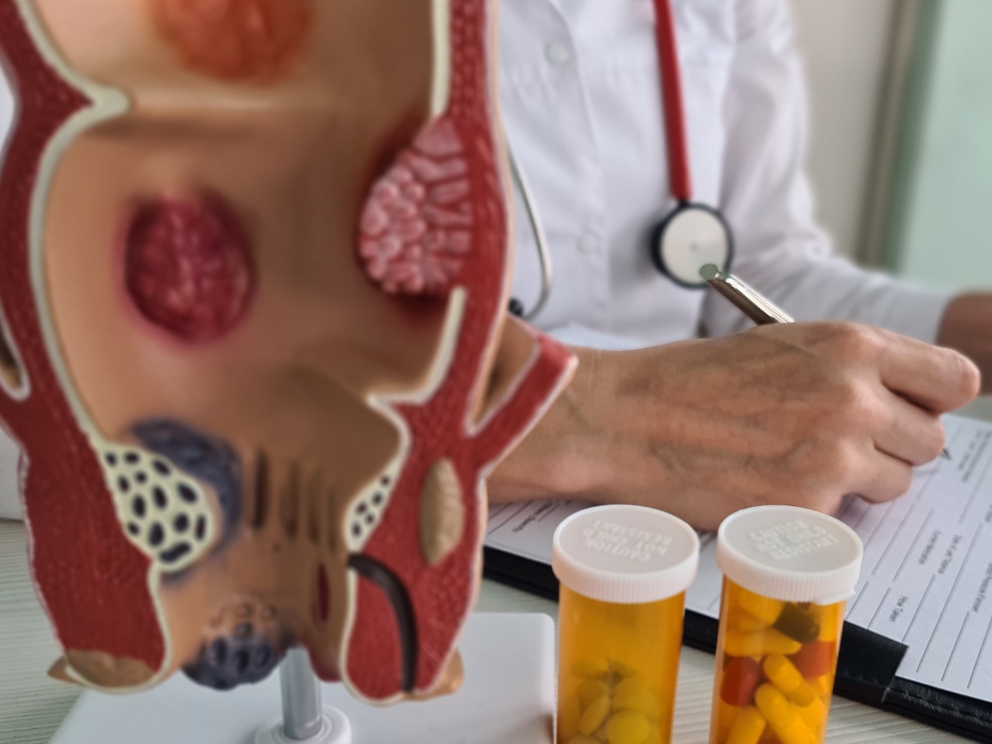Gastroesophageal reflux occurs when contents within the stomach flow back into the esophagus. There is a valve (lower esophageal sphincter) located between the esophagus and stomach. When this valve doesn’t close properly, stomach contents enter the esophagus and reflux occurs.
Hepatitis C
The most common blood-borne infection in the United States, Hepatitis C is a viral infection that creates inflammation in the liver and may lead to other bodily damage. Over time, Hepatitis C can lead to significant health complications including cirrhosis, liver cancer, and even liver failure.
Hepatitis B
Hepatitis B is a liver disease caused by the hepatitis B virus. The virus is passed from one person to another through body fluids, such as blood, semen, and vaginal secretions.
Hemorrhoids
Hemorrhoids are one of the most common and nagging disorders. Hemorrhoids are rarely serious by themselves, but they can be troublesome and sometimes they may mask a more serious disorder such as colon or rectal cancer.
Hemorrhoids are dilated veins occurring in and around the anus and rectum. They may be internal or external. External
Fatty Liver Disease
Also called hepatic steatosis, fatty liver disease means you have extra fat in your liver.
Fatty liver disease is broken down into Nonalcoholic Fatty Liver Disease (NAFLD) and Alcohol-Related Fatty Liver Disease (ALD).
Esophageal Varices
Esophageal varices can be diagnosed through capsule endoscopy, imaging tests, as well as upper gastrointestinal endoscopies. With these tests, physicians are able to identify and assess any swelling and dilation found in your veins.





